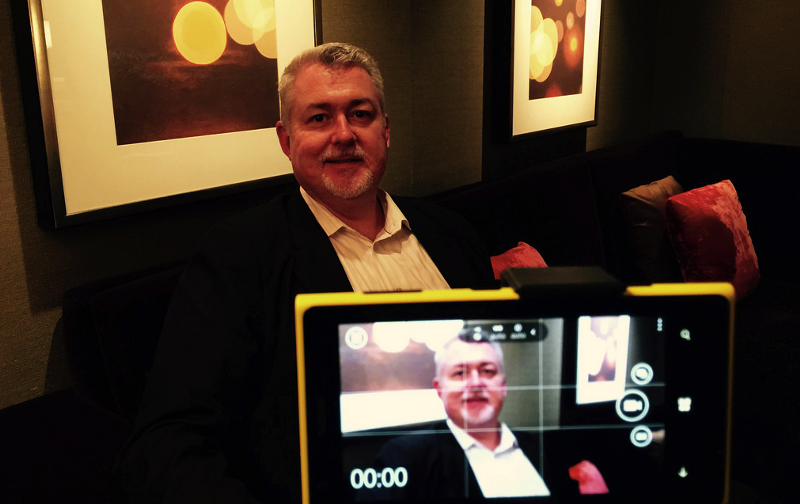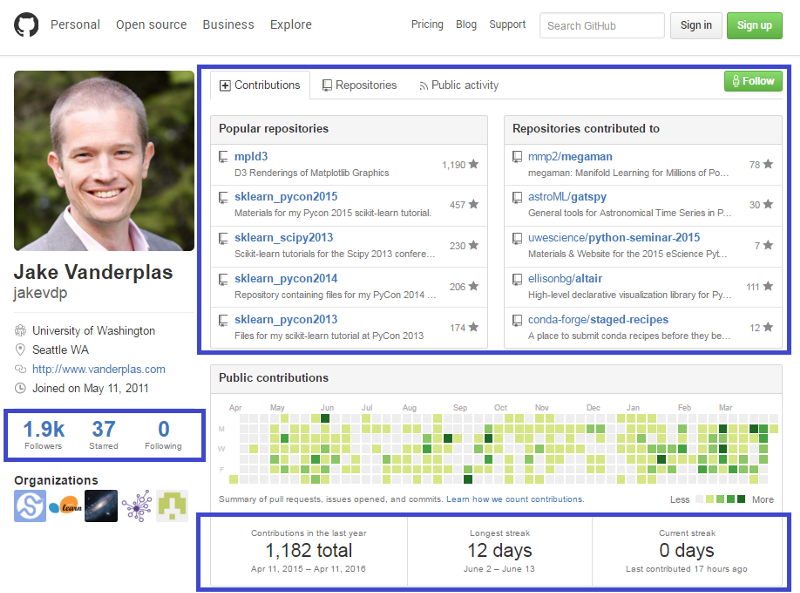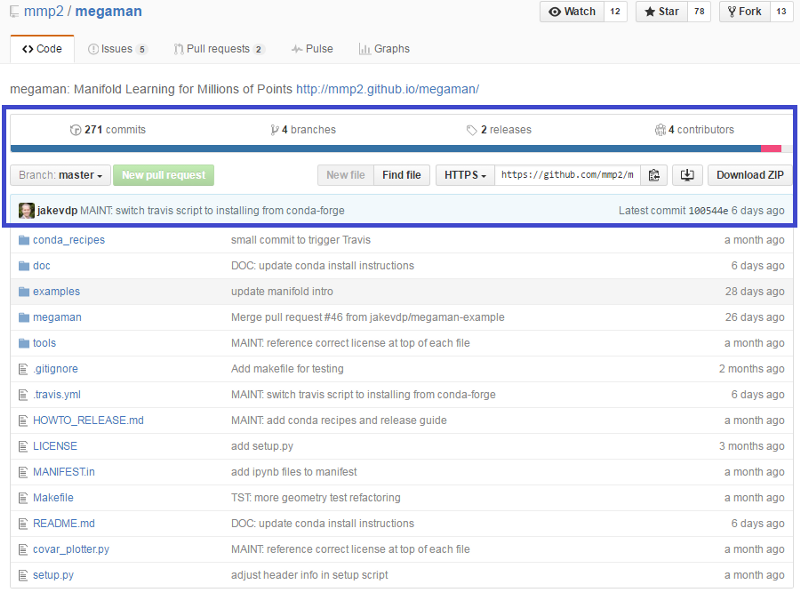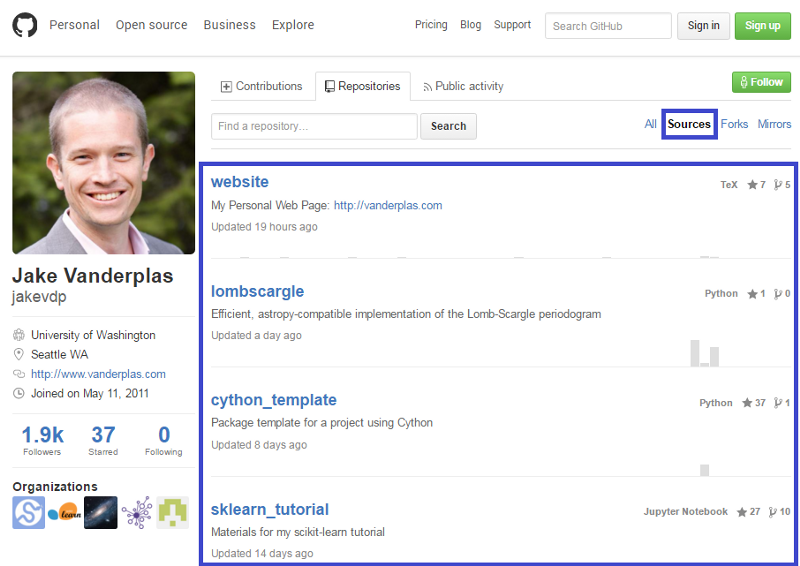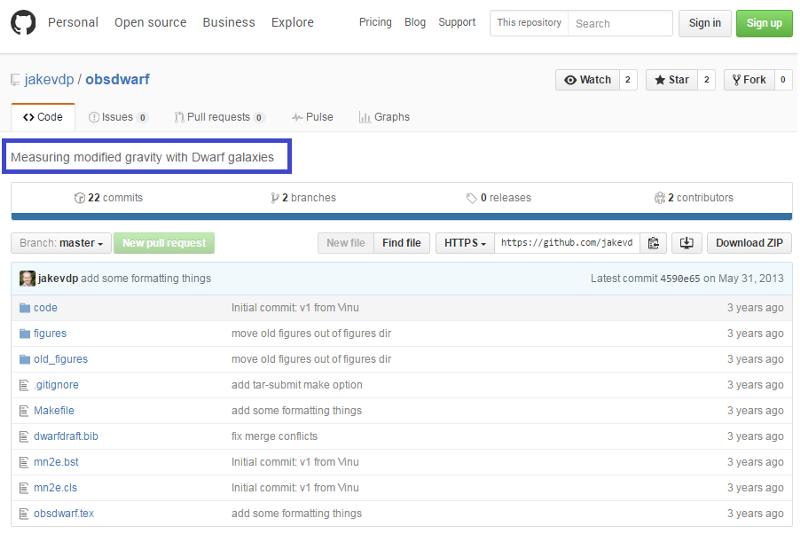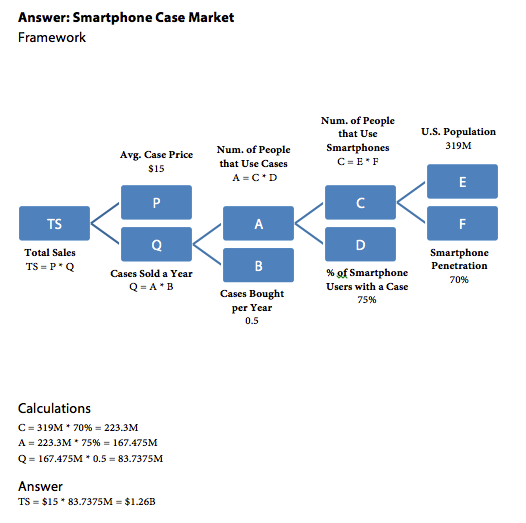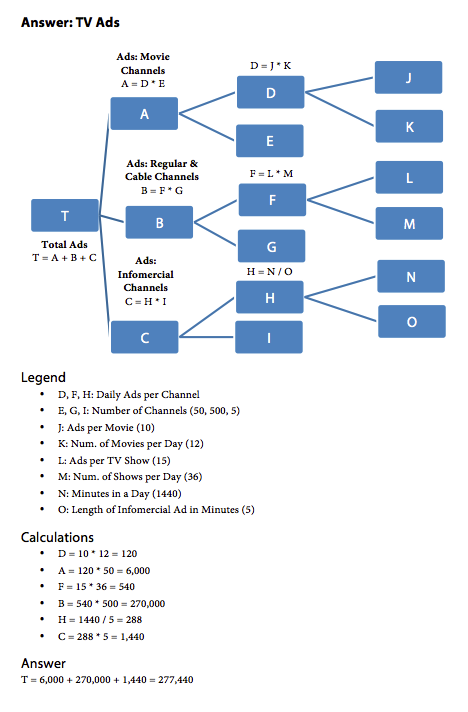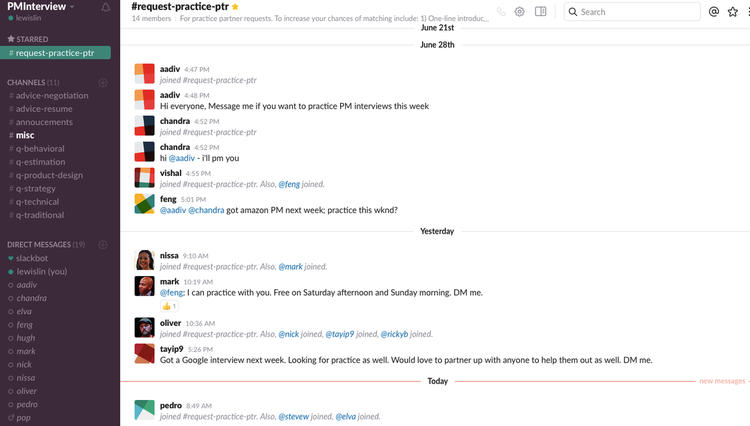Chapter 1: It’s a Whole New World for Job-Hunters
On average, employers want to only interview 5.4 candidates. Getting that stack of 118 to 250 down to 5.4 is the employer’s first preoccupation.
In today’s world, he or she who gets hired is not necessarily the one who can do that job best; but, the one who knows the most about how to get hired.
Go after any organization that interests you, whether or not they are known to have a vacancy.
Go after small companies (with 25, 50, or 100 employees at most). These are the best ones for a job-hunter or career-changer to approach, especially job-hunters with handicaps, or older job-hunters, or returning vets.
Cheer up! Yes, it is a brand new job-hunting world out there. But you are not powerless, up against vast forces you cannot control. You control this one thing above all else: how you search.
Chapter 2: Google Is Your New Resume
Almost all (91%) of U.S. employers have visited a job hunter’s profile on social networks, and more than 69% of employers have rejected some applicants on the basis of what they found.
Sometimes — 68% of the time, as it turns out — an employer will offer someone a job because they liked what Google turned up about them.
Most importantly, be sure to keep each profile up-to-date…Week by week, or at the least, month by month.
I mentioned LinkedIn; be sure to get on it, if you’re not already. It’s the site of first resort when some employer is curious about you. Expand your presence on the Internet. How to do this? Several ways: Forums, Blogs, Twitter, and Video.
A Starter Kit for Writing Your Resume: Volunteer, Community, and Unpaid Work; Educational; Sales or Account Management; Administration, Customer Service, and Accounts; Responsibility; Events or Conference Planning or Logistical Management; Computers; Mechanical; Building, Construction, Electrical, and Plumbing; General; Positive Feedback; Memberships; Published or Presented Work; Looking Ahead.
Now, many employers prefer a cover letter instead of your resume. That brief cover letter can summarize all that a longer resume might have covered. Another alternative to a classic resume is a Job or Career Portfolio.
If you’re blanketing the Internet with that resume, be cautious about including any stuff on the resume that would help someone find out where you live or work.
Chapter 3: There Are Over Eight Million Vacancies Available Each Month
Job-hunting is all about human nature, and in its essence is most like another human activity that we call dating. Both shake down to: “Do you like me?” and “Do I like you?”
You are not powerless during the job-hunt. Maybe the employer has an overwhelming amount of power in the whole job-hunt. But the employer does not hold all the cards.
Job-hunting is, or should be, a full-time job. If your job-hunt isn’t working, you must increase the amount of time you’re devoting to your job-hunt.
Chapter 4: Sixteen Tips About Interviewing for a Job
Keep in mind that the interview may not be face to face: 63% of companies now report that they sometimes do video interviews.
Find out everything you can about them. Google them. Go to their website if they have one, and read everything there that is hidden under the heading “About Us.”
If it was you who asked for the interview, not them, remove their dread of this visit by specifying how much time you are asking of them.
You don’t begin an interview by — as experts would have it — “marketing yourself.” Only when you are weighing the question “Do I want to work here?” and have concluded “Yes,” or “I think so,” do you then turn your energy toward marketing yourself.
It’s the small things that are the killers, in a job interview: Your appearance and personal habits, nervous mannerisms, lack of self-confidence, the consideration you show to other people, your values.
Try to think of some way to bring evidence of your skills, to the hiring-interview. For example, if you are an artist, a craftsperson, or anyone who produces a product, try to bring a sample of what you have made or produced.
Do not bad-mouth your previous employer(s) during the interview, even if they were terrible people.
In an interview for hire, talk half the time, let the employer talk half the time… Let the length of your answer to an employer’s questions be between 20 seconds and 2 minutes at most.
Always, always, always ask for the job at the end of an interview, assuming you decided you want to work there.
If you want to stand out from the others applying for the same job, send thank-you letters — to everyone you met there, that day.
Chapter 5: The Six Secrets of Salary Negotiation
For now, let me hammer home this first Secret: it is in your best interest to not discuss salary… Not until you’ve decided, “I really would like to work here.”… Not until they’ve conveyed the feeling, “We’ve got to have you.”
A range between the lowest they’re hoping to pay, vs. the highest they can afford to pay. And that range is what the negotiation is all about.
Where salary negotiation has been successfully kept offstage for much of the interview process, when it finally does come up, you want the employer to be the first one to mention a figure, if you possibly can.
How do you tell whether the figure the employer first offers you is only their starting bid, or is their final offer? The answer is: by doing some research on the field and that organization, before you ever go in for an interview.
It will help a lot during this discussion, if you are prepared to show in what ways you will make money or in what ways you will save money for that organization, such as would justify precisely this higher salary you are asking for.
So, before you walk into an interview you should decide what benefits are particularly important to you. And then, after the basic salary discussion is settled, you can go on to ask them what benefits they offer there.
Get it all in writing. And signed. It’s called a letter of agreement — or employment contract.
Chapter 6: What to Do When Your Job-Hunt Just Isn’t Working
With the second way to hunt for work — let’s call it The Parachute Way (everybody does, except me) — you begin with yourself instead of the job-market.
Looking for employers’ job-postings on the Internet…works on average just 4% of the time.
If you’re a union member, particularly in the trades or construction, and you have access to a union hiring hall, this method will find you work, up to 22% of the time.
Asking for job-leads. This method works 33% of the time.
Knocking on the door of any employer, office, or manufacturing plant…works 47% of the time.
Using the Yellow Pages. This method works 65% of the time… You call them, set up an appointment, go visit them, and explore whether or not they are hiring for the kind of work you do, or the position you are looking for.
The Parachute Approach. This method, faithfully followed, step by step, works 86% of the time… It begins by your doing an inventory of what you love to do. Next chapter.
Chapter 7: You Need to Understand More Fully Who You Are
GATHER. Put everything you know about yourself on one piece of paper. ORGANIZE. Put some kind of graphic on that piece of paper, in order to organize the information about yourself. PRIORITIZE. Prioritize all this information, when you have finished organizing it.
This flower has seven petals (including the center). That’s because there are seven sides to You, or seven ways of thinking about yourself, or seven ways of describing who you are: My Favorite Knowledges or Fields of Interest; My Preferred Kinds of People to Work with; What I Can Do and Love to Do (My Favorite Transferable Skills); My Favorite Working Conditions; My Preferred Salary and Level of Responsibility; My Preferred Place to Live; My Goal, Purpose, or Mission in Life.
Maintaining clarity, learning agility, and identifying development plans have become elevated to new and critical importance, if we are to maintain choice. As a result I’ve added the following four emphases to “Rich’s Flower”: Have, do, learn, and give.
Chapter 8: You Get to Choose Where You Work
First, You Need to Find Out What Careers or Jobs Your Flower Points To: If possible, you or they must combine two or three of your knowledges (fields) into one specialty: that’s what can make you unique, with very little competition from others.
Second, You Need to Try on Careers Before You Decide Which Ones to Pursue: So you need to go talk to people who are already doing the kind of job or career that you’re thinking about.
Third, You Need to Find Out What Kinds of Organizations Have Such Jobs: Before you think of individual places where you might like to work, it is helpful to stop and think of all the kinds of places where one might get hired.
Fourth, You Need to Find Names of Particular Places That Interest You: For a successful job-hunt you should choose places based on your interest in them, and not wait for them to open up a vacancy.
Fifth, You Need to Learn as Much as You Can About a Place Before Formally Approaching Them: What kind of work they do there. Their style of working. Their so-called corporate culture. And what kinds of goals they are trying to achieve, what obstacles or challenges they are running into, and how your skills and knowledges can help them… Secondly, you want to find out if you would enjoy working there.
A Final Word, Contacts: I call such a contact a “Bridge-Person.” What I mean by that title, is that they know you; and they know them (your target), and thus bridge the gap between you and a job there.
Chapter 9: How to Deal with Any Handicaps You Have
You can only have a handicap will keep some employers from hiring you. No matter what handicap you have, or think you have, it cannot possibly keep you from getting hired anywhere in the world.
An alternative way of dealing with a dream killer is to search for jobs similar to the one you hunger to do, but can’t.
On the other hand, a prejudice is a phantom handicap. It may raise its ugly head in one particular interview or more, but if you keep on going, find the right employer, then poof! the so called prejudice vanishes.
During the whole job hunt, what’s going to torpedo you most? What handicap is king? Well, shyness is near the top of the list.
“The PIE Method,”…has helped thousands of job-hunters and career-changers all around the world with their shyness and with their job-hunt.
Chapter 10: The Five Ways to Choose/Change Careers
Internet: Naturally, there is lots of advice there, but more specifically there is O*Net Online…It is a digital online treasure house of information, and up-to-date information at that, about careers.
Tests: In taking a test, you should just be looking for clues, hunches,or suggestions, rather than for a definitive answer that says “this is what you must choose to do with your life.”
Using the Flower Exercise: Look at your past, break that experience down into its most basic “atoms” (namely, skills), then build a new career for the future from your favorite “atoms,” retracing your steps from the bottom up, in the exact opposite direction.
Changing a Career in Two Steps: By doing career-change in two steps, each time you make a move you are able to legitimately claim that you’ve had prior experience.
Chapter 11: How to Start Your Own Business
Write: Ultimately, what you decide to do should flow from who you are. When done, look at your whole Flower Diagram and see if any or all of the petals gives you an idea for your own business.
Read: Now, what you want to do next is read up on all the virtues and perils of running your own business. Look before you leap!
Explore: You must find out what skills, knowledge, or experience it takes to make this kind of business idea work, by interviewing several business owners. Back home you sit down and inventory your own skills, knowledge, and experience… And you must then go out and hire or co-opt a friend or mate or volunteer who has those skills you are lacking.
Get Feedback: There is a self-examination type questionnaire that you can fill out, at Working Solo. It encourages you to ask yourself the hard questions. If you have a spouse or partner, tell them what you’re up to, find out what their opinion is, explore whether this is going to require sacrifices from them (not just you), and how they feel about that… Love demands it!
Have a plan B, laid out, before you start, as to what you will do if it doesn’t work out; i.e., know where you are going to go, next…Write it out, now: This is what I’m going to do, if this doesn’t work out.
